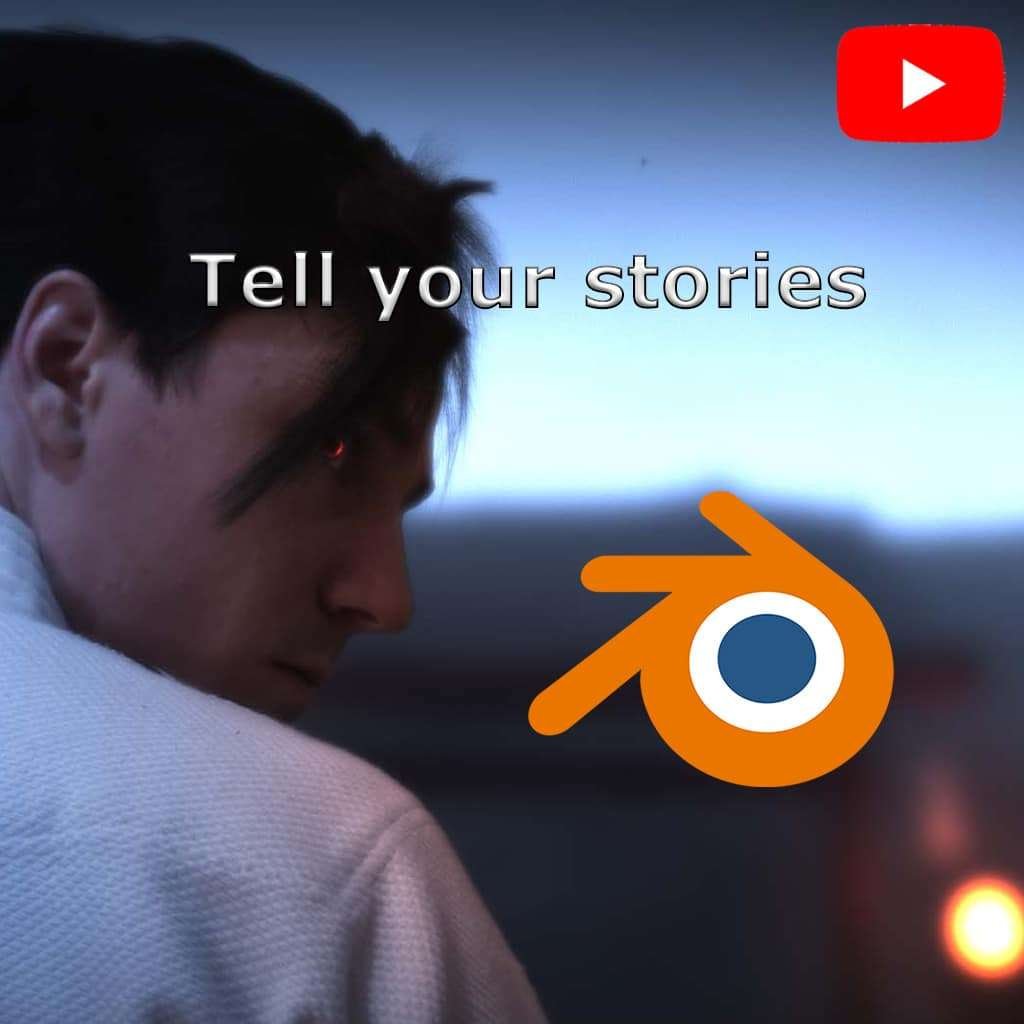Tech brands are obsessed with features. Faster. Smarter. Cheaper. But here’s the hard truth: no one buys a product for its specs. They buy for how it makes them feel.
Look at Apple. Or Nike. They’re not selling phones or sneakers. They’re selling status, identity, emotion.
Yet, most startups still lead with logic: dashboards, performance charts, comparisons. That’s not how humans decide. We buy emotionally, then justify rationally.
If you want your product to stand out in a saturated market, you need more than a demo. You need emotion. You need to make people feel something. You need cinematic storytelling.
In this article, we’ll break down how Apple and Nike mastered the emotion technique—and how you can apply it to your own video marketing for tech products using cinematic product video strategies that drive trust, desire, and conversions.
Table of Contents
- The Power of Emotion in Product Marketing
- How Apple and Nike Use Product Storytelling
- Applying the Emotion Technique to Your Tech Brand
- Frequently Asked Questions
The Power of Emotion in Product Marketing
Let’s start with the basics: emotion sells. Always has. Always will.
In the age of information overload, logic gets skimmed. Emotion gets felt. And when it’s felt, it sticks.
This is where cinematic product video comes in. It’s not just about showing your product. It’s about showing your customer’s transformation. From who they are, to who they could be with your product.
Why emotion trumps logic
Psychologists call it the « affect heuristic »: people rely on emotions to make quick decisions, especially when they’re overwhelmed by options.
A well-crafted product storytelling video triggers those emotions: ambition, nostalgia, hope, power. Think of the last Apple ad you saw. Was it about processors? Or was it about the artist unleashing their creativity?
Now think of Nike. Do they talk about arch support and rubber soles? No. They sell victory, struggle, greatness. Their ads give you chills.
The cinematic edge
A cinematic product video doesn’t just explain—it immerses.
It uses lighting, pacing, music, camera movement, and tone to create a mood. To place your audience in a moment where they feel like this product belongs to them. That’s the magic.
Here’s how standard product videos fall short:
| Standard Video | Cinematic Video |
|---|---|
| Lists features | Shows aspiration |
| Static shots | Dynamic camera work |
| Stock music | Emotional sound design |
| Feels generic | Feels iconic |
Why it works for tech
Tech is invisible. SaaS. AI. APIs. You can’t touch them. So you have to make them felt.
That’s why video marketing for tech products can’t be boring. You need to turn abstract value into emotional experiences.
How Apple and Nike Use Product Storytelling
Apple and Nike are case studies in emotional storytelling. Let’s break it down.
Apple: The product is the portal
Every Apple ad is a short film. A mini-story.
Take the “What’s your verse?” iPad spot. It quotes Walt Whitman while showing people using iPads to explore the ocean, compose music, fight fires.
It’s not about the iPad. It’s about what you become with it.
Their technique?
- Minimal dialogue
- Strong music
- Real people in aspirational scenarios
- Smooth cinematography
- Clear emotional payoff
It’s a masterclass in cinematic product video. They don’t sell tools. They sell dreams.
Nike: The product is the identity
Nike ads hit hard because they understand one truth: your product is not what you say it is. It’s what your customer becomes when they wear it.
Their legendary “Find Your Greatness” campaign showed amateur athletes pushing their limits—not pros.
They made you feel like greatness was for everyone. All you had to do was show up.
The product as a transformation
In both brands, the product is never the hero. The user is. The product is just the sword, the shield, the torch.
This is product storytelling at its best: putting your customer on a hero’s journey, and positioning your product as the enabler.
What you can steal
- Use emotion-first scripts
- Design visuals like a director, not a marketer
- Focus on moments, not features
- Hire storytellers, not just video editors
Applying the Emotion Technique to Your Tech Brand
Now let’s bring this home. You’ve got a product. It works. It helps people. Great. But how do you make them feel that?
Step 1: Define the transformation
Before you shoot anything, ask: What is my customer’s before and after?
If you’re a project management SaaS, the “before” is stress, mess, missed deadlines.
The “after”? Control. Confidence. Calm. That’s your emotional target.
Now show that in a scene. Not a screen recording. A scene.
Example:
- A founder drowning in sticky notes
- A single click
- Music swells
- Team collaborating in harmony
- The founder smiles
That’s cinematic storytelling.
Step 2: Build scenes, not specs
Don’t describe. Evoke.
Think visually:
- A hand grabbing a tablet in the dark = inspiration strikes
- A dashboard illuminating a face = clarity in chaos
- A journey across environments = growth, movement, scale
Step 3: Use cinematic tools
Bring in the codes of cinema:
- Lighting: warm for emotion, cold for tension
- Music: custom compositions over stock tracks
- Camera movement: follow emotion, not function
- Silence: yes, sometimes the pause says more
Step 4: Collaborate like a film crew
Don’t treat your video as a last-minute asset. Treat it like a film.
- Brief like a director: What’s the mood? Who’s the protagonist?
- Work with a scriptwriter, not just a copywriter
- Think pacing, beats, arcs—not just shots
That’s how you get a cinematic product video that turns heads.
FAQ
Q1: Why not just explain the features clearly?
Because features don’t sell. Feelings do. People need to want the product before they care how it works. Think of it this way: if your product doesn’t spark an emotion, it won’t stick in their mind. That’s why we use product storytelling—to create a bond, not just deliver info.
Q2: Isn’t this too much for a small startup?
Not at all. In fact, startups need this more. You’re building trust from scratch. A cinematic product video can make you look premium from day one. It’s about perception. You don’t need Apple’s budget—just a smart, story-driven approach.
Q3: Can I apply this if my product is B2B?
Absolutely. Even B2B buyers are human. They crave clarity, certainty, and emotion like anyone else. Your video should show the person behind the business decision what’s at stake—and how your product changes the game.
Q4: How long should the video be?
Keep it short—30 to 90 seconds. Enough time to tell a story, not enough for boredom. Focus on one clear emotion and one transformation. That’s more powerful than 5 minutes of features.
Q5: Do I need actors or a film crew?
Not always. You can do a lot with motion design, 3D, voiceover, and cinematic editing. What matters is intention: every second must serve the emotion. Start lean. Scale up when it works.
Conclusion
In a world flooded with content, emotion is your edge. Tech buyers have seen it all: demo videos, feature lists, boring explainers. But few brands make them feel something.
That’s your opportunity.
Just like Apple and Nike, you can turn your product into a story. A symbol. A transformation.
A cinematic product video is your tool. It’s how you make a first impression that sticks. It’s how you elevate your product from a tool to a vision.
This isn’t about fluff. It’s about focus. About understanding what your customer aspires to—and showing them that your product is the bridge.
If you’re ready to elevate your product with a cinematic storytelling approach, that’s exactly what we do at Passeos Studio. We help ambitious brands craft videos that don’t just show—they move.


